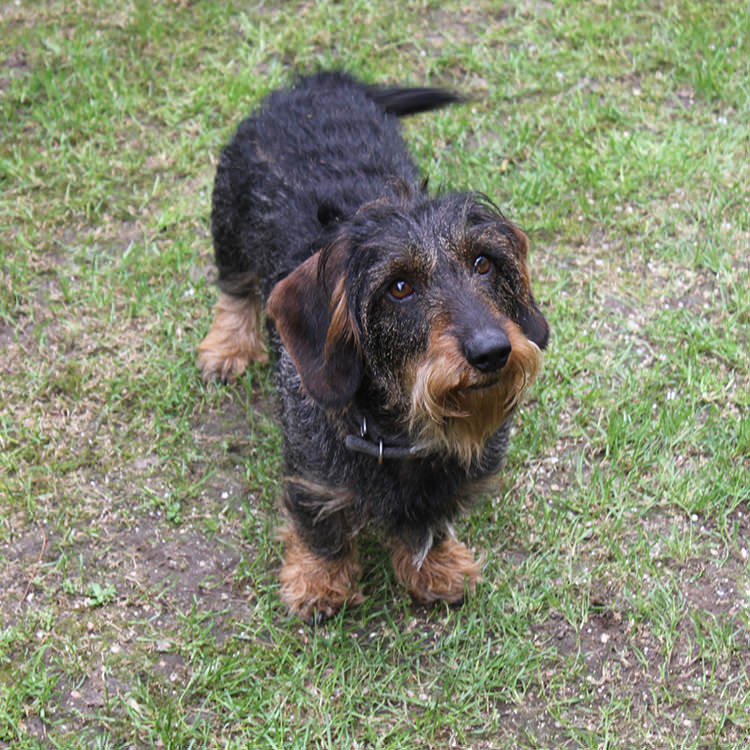Frequently asked questions
 Our channel name is composed of a simple pun: A dog - in German "Hund" - named Brax belongs to Sebastian's grandparents. While creating the channel Sebastian thought coincidentally of him, what is the reason for our remarkable channel name with a high recognition value.
Our channel name is composed of a simple pun: A dog - in German "Hund" - named Brax belongs to Sebastian's grandparents. While creating the channel Sebastian thought coincidentally of him, what is the reason for our remarkable channel name with a high recognition value.